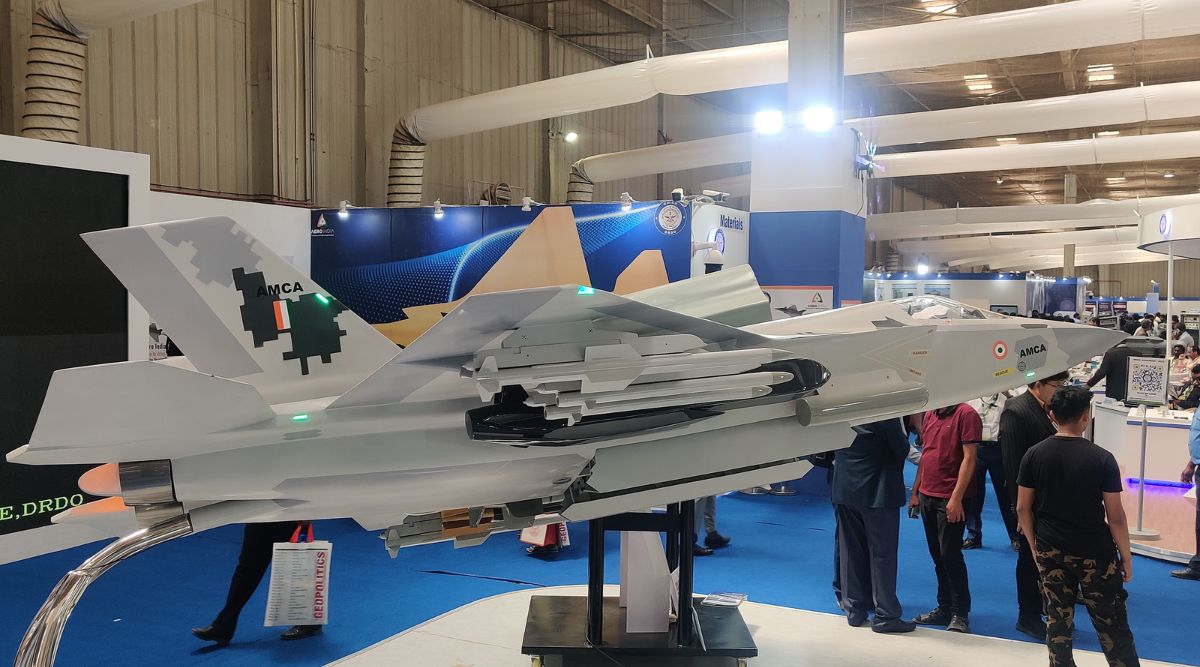SOURCE: RAUNAK KUNDE / NEWS BEAT / IDRW.ORG.

The Cabinet Committee on Security (CCS) is expected to approve the indigenous Advanced Medium Combat Aircraft (AMCA), a fifth-generation fighter aircraft being developed for the Indian Air Force. However, the clearance is likely to be granted later this year or early next year, as the Aeronautical Development Agency (ADA) has completed the Critical Design Review (CDR) of the program.
Despite this progress, the Hindustan Aeronautics Limited (HAL) and Defense Research and Development Organization (DRDO) are yet to finalize private partners for the AMCA program, which was intended to be executed through a Special Purpose Vehicle (SPV) with private players holding a majority stake.
HAL and DRDO have engaged in multiple discussions with potential partners, but concerns persist about the profitability of the SPV model. Previous reports by idrw indicate that talks have now shifted towards the promised order book, which presently stands at approximately 140 units for a total of 7 squadrons. This includes 40 units of the MkI variant and 100 units of the MkII variant, powered by a high-thrust engine.
The timeline for the MkII variant of the AMCA is dependent on the completion of the New Engine deal, which is yet to be finalized. If there are any delays in the MkII program, the order size for the MkI variant may increase, especially if the CCS clearance comes by the end of this year. The first flight for the AMCA is planned for 2027-28. To ensure the SPV’s financial stability and repayment of debts and investments, larger order size is essential.
To attract private partners and maintain aircraft production until 2045, the order size for the AMCA may need to be expanded. The current SPV model can’t count on prospective export orders unless the Indian Air Force (IAF) commits to orders before the program is executed. The SPV’s functioning would require certain guarantees from the government. The expansion of the order size is crucial for the long-term sustainability of the program and to enable private partners to participate effectively.
NOTE : Article cannot be reproduced without written permission of idrw.org in any form even for YouTube Videos to avoid Copy right strikes